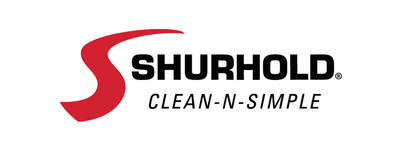How should you clean your RV’s roof? There seems to be some misconceptions about how to care for this often overlooked section of your RV. Obviously, it needs to be cleaned, but what’s the best way to do so? The first thing to do is determine the material used in your roofs construction and go from there. For simplicities sake, we will focus on two types of roofing: Synthetic Rubber and Fiberglass.
Note: If your having trouble determining the material your roof is made of, contact the manufacture.
Synthetic Rubber Roofs
This is the most common style of roof found on RV’s and large traveling trailers. It consists of a thick sheet of either EDPM or TPO that is fitted to the roof and attached at the trim strips. This is the industry standard for RV roofing. Synthetic Rubber works great, has plenty of flex, and is easily replaced if damaged. That said, it can be fairly delicate and needs to be carefully maintained.
The most important thing to remember when working with this type of roofing is to choose the softest brush available. If you use a stiff brush, you will scratch the roofing. These scratches will trap moisture and promote mold growth, quickly deteriorating the roof and ruining it’s appearance. Don’t use any harsh chemicals or compounds to clean tough stains. Instead, rely on quality soaps like Brite Wash to get the job done.
Fiberglass Roofs
These roofs are typically reserved for more expensive or larger RV’s. They are a cap of solid fiberglass designed to form a tough outer shell. These roofs are much harder and can withstand a lot more scrubbing without being damaged, so feel free to use a stiffer brush for general cleaning. These roofs can and should be waxed for protection from the elements. Your biggest challenge will be preventing oxidation over time. Should oxidation develop, feel free to compound with Buff Magic.
